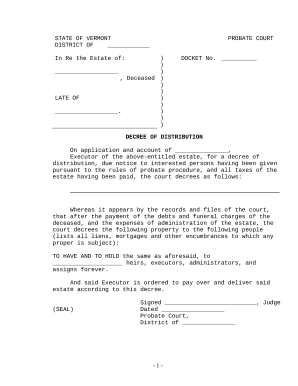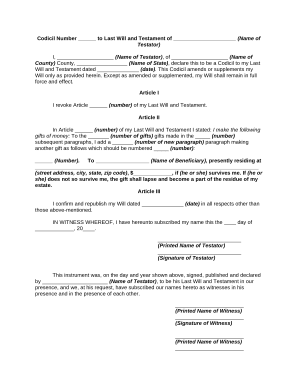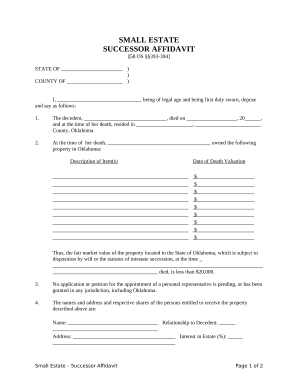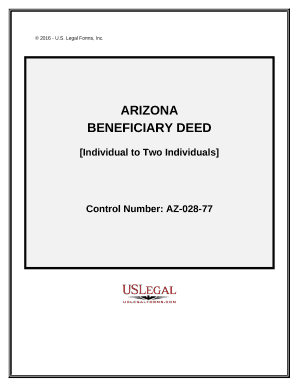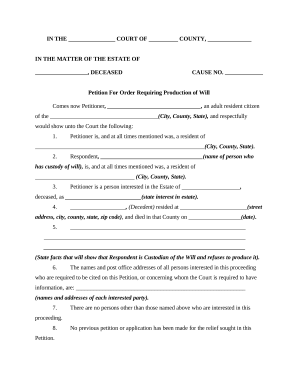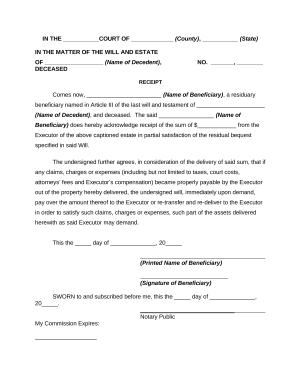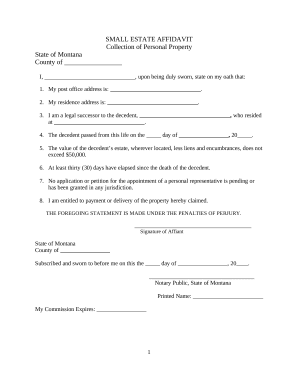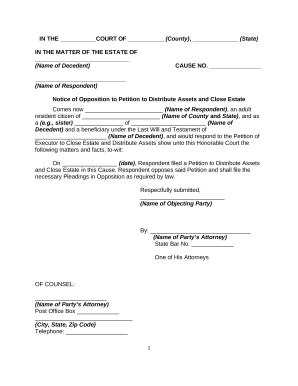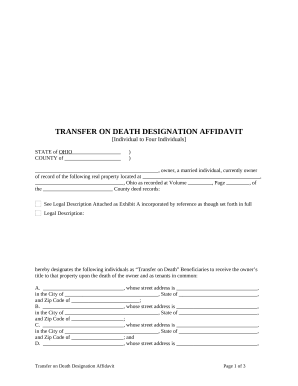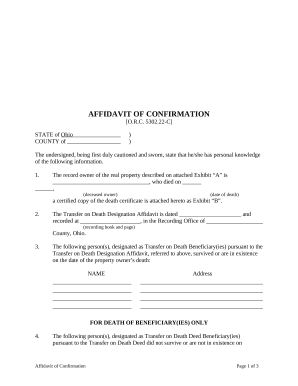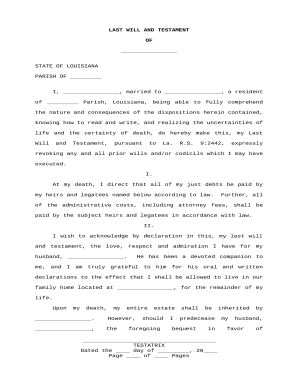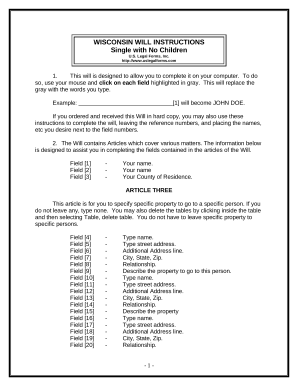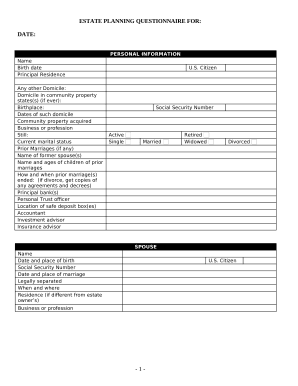Enhance your work productivity with Asset Distribution
Record administration consumes to half of your business hours. With DocHub, you can reclaim your office time and boost your team's productivity. Get Asset Distribution collection and investigate all form templates related to your daily workflows.
Effortlessly use Asset Distribution:
- Open Asset Distribution and use Preview to obtain the suitable form.
- Click on Get Form to start working on it.
- Wait for your form to open in the online editor and start editing it.
- Add new fillable fields, symbols, and pictures, modify pages order, etc.
- Fill out your form or set it for other contributors.
- Download or share the form by link, email attachment, or invite.
Improve your daily file administration with the Asset Distribution. Get your free DocHub account today to discover all forms.
